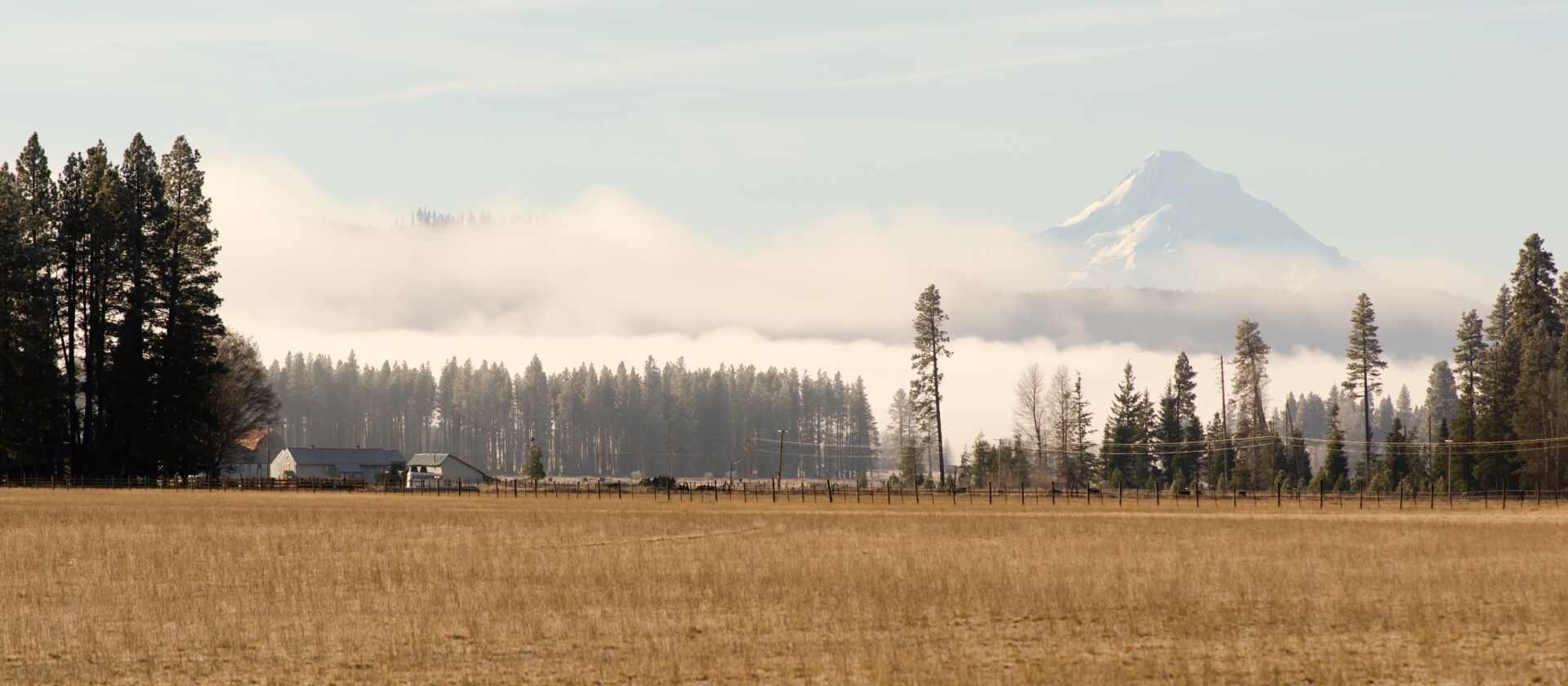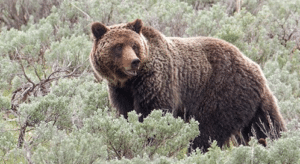When Oregon enacted its Endangered Species Act in 1987, it immediately placed upon the state list every species then protected under the federal ESA. Oregon thus adopted the federal listing of the gray wolf as a state listing, although no wolf had been in the state since the 1940s. In the mid-1990s, the federal government introduced some Canadian populations of timber wolf into Idaho, and some of those wolves made their way into eastern Oregon. With the arrival of the Canadian wolves, the state developed a conservation plan to protect them in their new home. Under that plan, the Oregon Fish and Wildlife Commission considered whether to delist the wolf once four breeding pairs of wolves remained in the state for three consecutive years. The wolves achieved that goal in January, 2015, and the state subsequently delisted the species. It determined that the then-current wolf population of about 85 wolves was secure for the foreseeable future given the available habitat, reduced threats, and potential additions from out-of-state wolf packs.
A coalition of environmental groups sought review directly in the Oregon Court of Appeals. PLF intervened on behalf of Oregon cattle growers and farmers. Gray wolves frequently attack and kill livestock, and the mere presence of wolves can stress cattle so much that it negatively affects their reproduction. They pose a constant threat to the livelihoods of farmers and ranchers in Oregon that is best addressed through a cooperative, balanced approach that is possible only without the overbearing regulation that accompanies an Oregon Endangered Species Act listing.
What’s At Stake?
- Oregon’s state-level protections for endangered species must be limited to that which the state legitimately can regulate – native Oregon species.
- States must have the flexibility to allow balanced, public-private cooperative efforts to conserve wildlife while protecting other animals and commercial agricultural land use.








